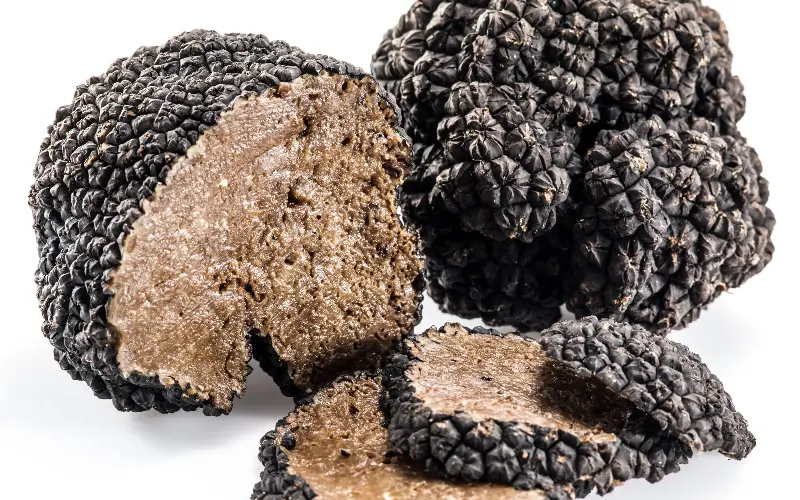
Truffles are as essential a part of Christmas in France as mince pies and crackers in the UK. But with the festive season approaching, French truffle farmers are bracing themselves for an invasion from across the Pyrenées. A glut of Spanish truffles is heading to market, forcing down the price of the “black diamonds”, the Périgord and Burgundy truffles which can fetch between 800 and 1,300 euros per kilo. “The competition represents a serious threat, especially early in the season”, confirms Didier Roche, President of the Auvergne-Rhones-Alpes branch of the Federation of French Trufflegrowers.
But why are the French getting their culottes in such a twist over tubers? Luxury ingredients have moved up and down the status scale throughout history: oysters, for example, were once considered a poor man’s substitute for meat and sparkling wine has lost considerable cachet since Italy flooded the market with prosecco. Moreover, climate change and imports of the Chinese truffle (tuber indicum), have been challenging the French product for decades. Why shouldn’t increased availability of an ingredient once reserved for the very rich be celebrated?
Anyone who has inhaled the pheromone punch of a real fresh truffle might agree – sweet, musky, irresistibly sexy, truffle can turn a simple omelette into the haughtiest of haute-cuisine. Truffles “make women kinder and men more amiable”, wrote the gastronome Brillat-Savarin. However, most modern “truffle” products contain barely a whiff of the real thing. Truffle pizza, truffle burgers, truffled cheese – almost none have anything to do with the jewel in gastronomy’s crown. Customers might be paying a premium for one of nature’s most rare and precious ingredients, yet the flavour in these substitutes is derived from dithiapentane, a cheap derivative of crude oil. The aroma is less hypnotic lust and more petrol station forecourt.
Except, that is, in France, where any product with the word “truffle” on it must contain at least one percent real truffle. There they recognise that fake truffle is an insult to consumers’ palates and to the honest chefs who use the genuine article.
Demand for truffles in France far outstrips the native supply of 50 tonnes per year, and over three quarters of the truffles which will be enjoyed with foie-gras this Christmas will be imported. Costing hundreds of euros less per kilo, Spanish truffles seem a reasonable market solution, especially as they initially taste and smell identical to their French counterparts, yet their environmental cost is high. Truffle farms in Aragon can extend over hundreds of hectares, and they’re a thirsty crop. “They have built mega-basins, they draw water all year round, emptying their own water reserves in an instant,” explains M. Roche.
Mass production is also a risk to quality and the French are fighting back against “truffle doping”, introducing more rigorous controls and developing tools to identify the origins of the product. You don’t have to look far to find examples of what can happen if action isn’t taken: chicken and salmon are one-time luxury ingredients that have gone south, farmed in hellish conditions and reduced to lumps of flavourless pseudo-protein with a serving of disease on the side.
The composer Rossini claimed to have cried three times in his life, one occasion being the loss of a truffled turkey which fell into a lake on a picnic, but the bird probably wasn’t stuffed with bland mushrooms and a squirt of petrol fragrance. When it comes to truffles, the French have a point – more will eventually end up being less.
